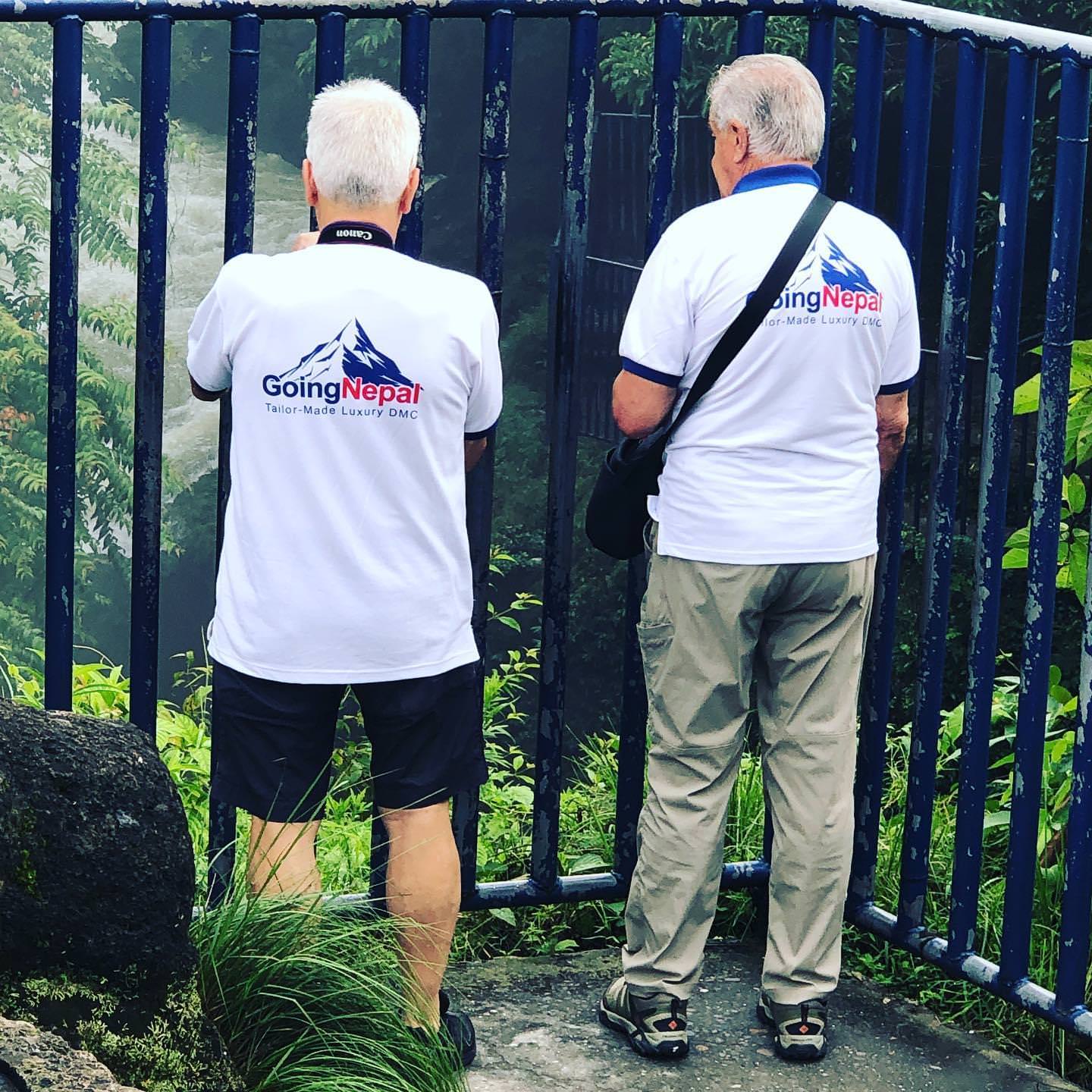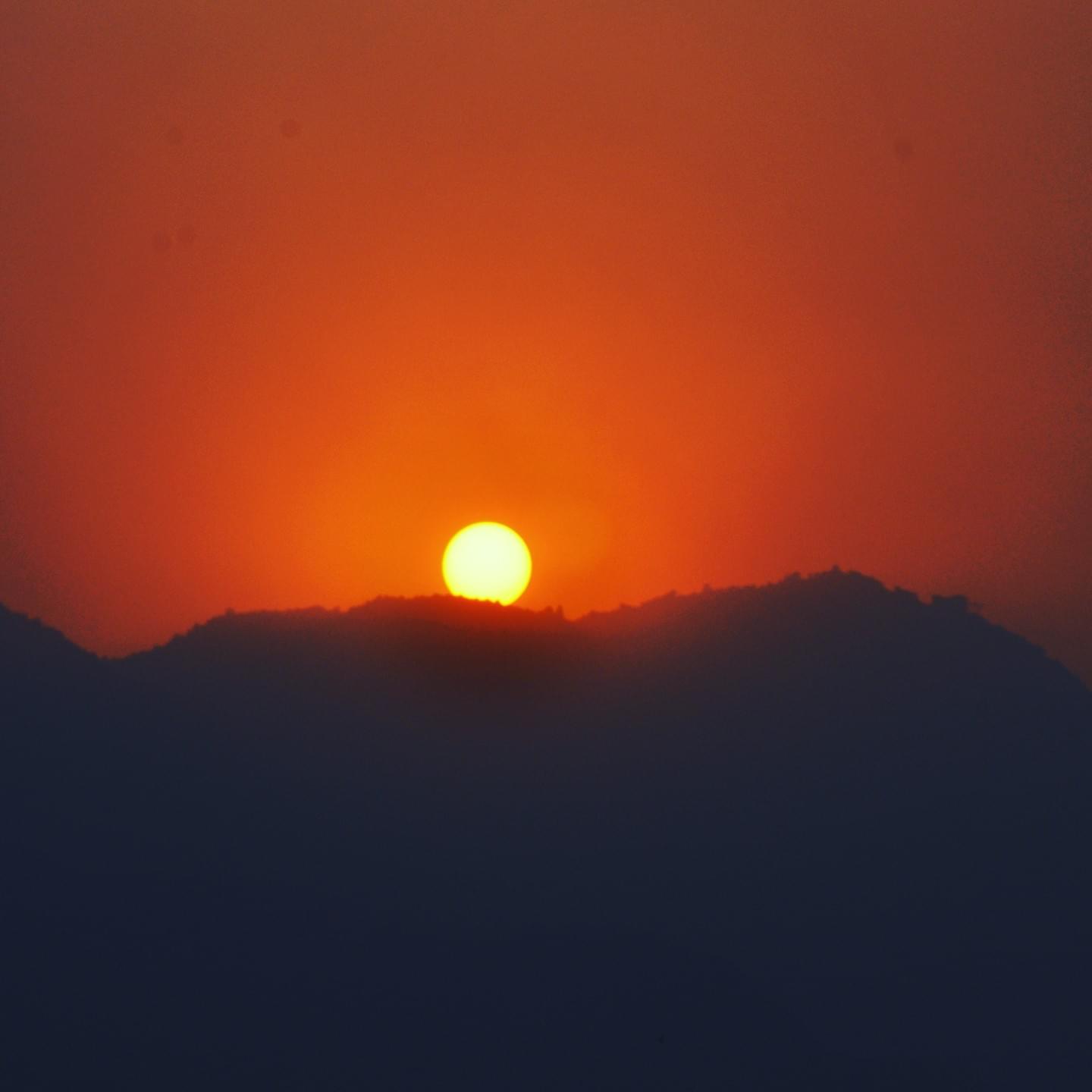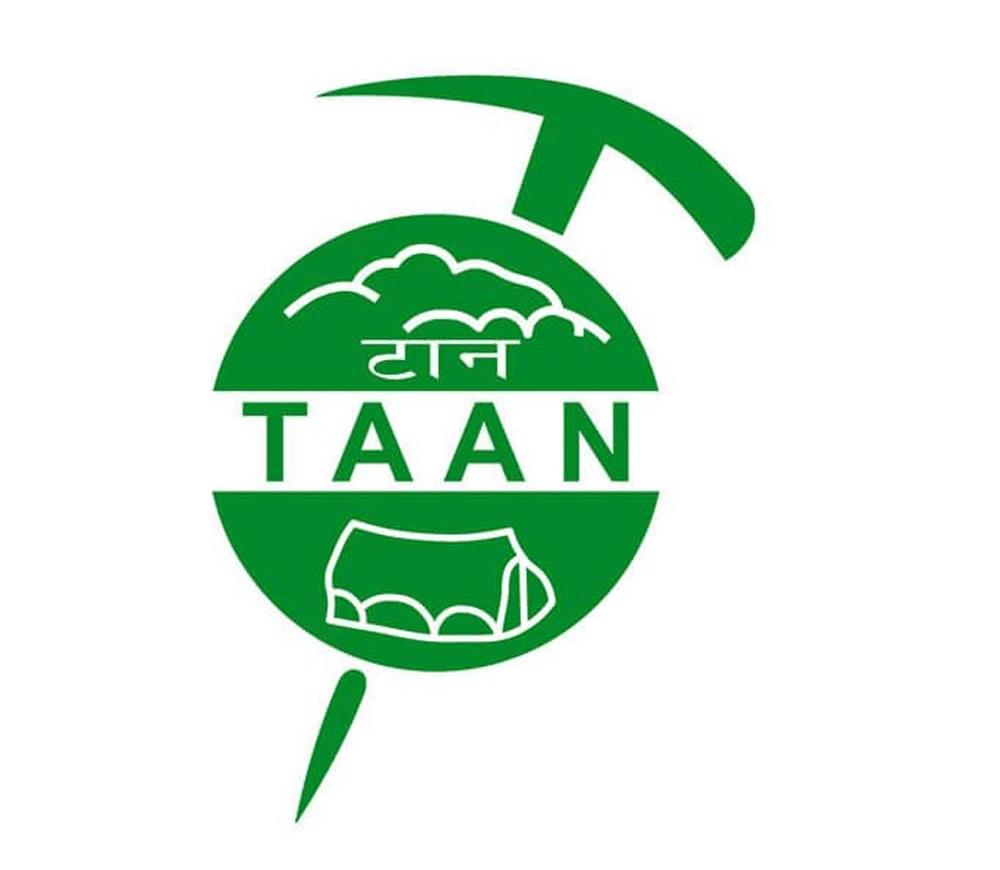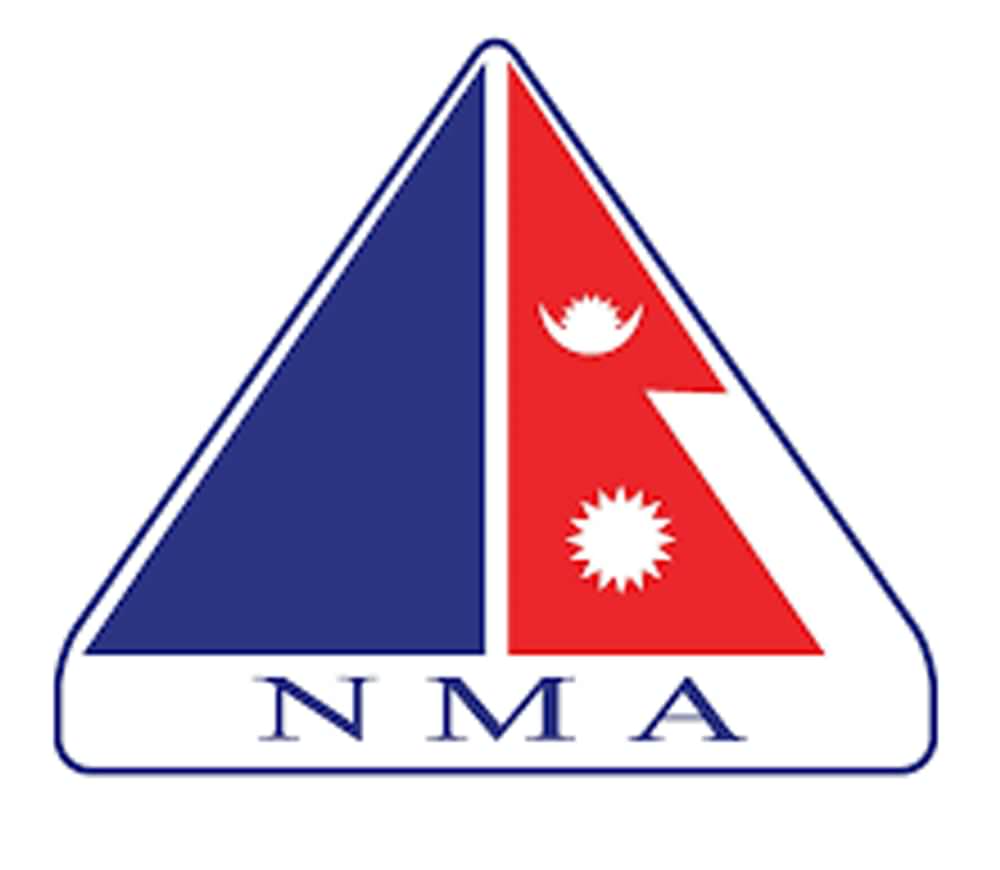Tihar / Dipawali / Diwali festival













Got it, let's keep it simple and casual. Tihar is like this big, bright festival in Nepal where everyone's in a good mood, lighting up their houses and having a great time. It kicks off with a day where folks feed crows - yeah, you heard that right, crows! They believe crows are messengers who deserve some respect. Then, dogs get a VIP treatment the next day because they're loyal buddies.The main event is when everyone cleans up their places and lights tons of lamps to make everything sparkle. It's all about inviting good vibes , Goddess laxmi and prosperity into their lives. There’s a day where some people also show some love to oxen, and in some parts, people even celebrate their own version of a new year.The finale is super sweet - brothers and sisters get together, and sisters put this colorful mark on their brothers' foreheads, hoping it'll bring them a long and happy life. They exchange gifts too. Basically, it's all about family, friends, and a whole lot of lights, making sure everyone feels the love and warmth. It’s a time when even animals get treats and thank-yous, showing gratitude to every living being around.

































